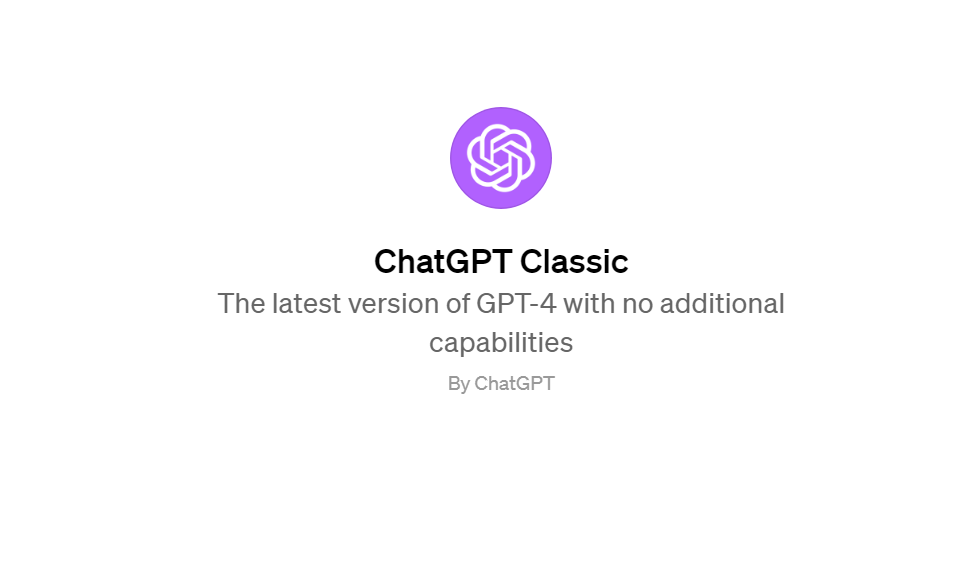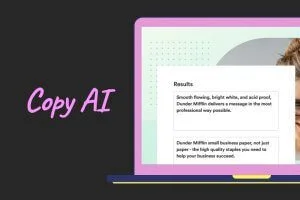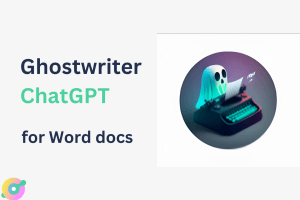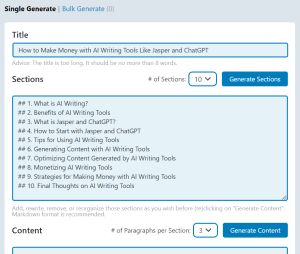When it comes to natural language models used by OpenAI, GPT-3.5 and GPT-4 are the two advanced models as of November 2023.
What is GPT 4?
GPT-4 is an upgrade to GPT-3.5, providing more advanced and accurate results. It operates on the transformer architecture, utilizing deep learning techniques to process and generate human-like text.
As a fine-tuned large language model, GPT-4 exhibits a strong understanding of context, coherence, and the ability to perform tasks such as summarization and translation.
This iteration not only understands and generates text but also interprets and processes images, enhancing its multimodal applications. Think GPT-4V
Functionalities of GPT-4
- Expanded contextual understanding: GPT-4 processes up to 25,000 words, facilitating extended conversations and complex tasks.
- Diverse input handling: This model accepts both text and images, allowing for a wide range of interactions.
- Paid access: Access to GPT-4 is currently offered on a subscription basis – ChatGPT Plus users only.
- Improved response precision: The model’s accuracy has been improved with a 40% reduction in incorrect responses.
- Content moderation: GPT-4 is better at refraining from responding to disallowed content, showing an 82% reduction in such responses.
- Reduced content toxicity: It shows a reduction in generating toxic content.
- Extension integration: Users can enhance functionality through various plugins and custom GPTs.
GPT-3.5
GPT 3.5 represents an intermediate version of the GPT-3 language model, released in May 2021, offering improvements and new features. It boasts a smaller model size and faster inference time, enhancing its efficiency.
With additional pre-training steps, GPT-3.5 delivers more accurate responses to input prompts (compared to GPT-3), making it ideal for natural language processing (NLP) tasks.
GPT-3.5’s range of abilities
- Compact and swift: Despite a smaller size, GPT-3.5 offers faster response times, enhancing its efficiency.
- Enhanced logic and arithmetic: The model handles logical and computational tasks more effectively.
- Language context accuracy: Additional pre-training refines its ability to understand language in context.
- Adaptability: Few-shot learning enables it to learn from a minimal amount of data.
- Emotion and Sentiment Discernment: The model can gauge sentiments, applicable to customer service and market analysis.
- Custom Content Creation: It adapts quickly to provide personalized content, beneficial in e-commerce for tailored product recommendations.
GPT-4 vs GPT-3.5
Let’s now compare these LLMs, side by side:
| Metric | GPT 3.5 | GPT 4 |
| Word handling capability | Upto 16K tokens | Upto 32K tokens |
| Visual inputs | No | Images and documents |
| Availability | Public (Free) | Chatgpt Plus users only |
| Incorrect responses | Higher | 40% Lesser |
| Responses to disallowed content | Higher | 82% lesser |
| Toxic content generation | 0.73% | 6.48% |
| Plugins | NA | Available |
| Native hyperlinks | Not supported | Supported |
| Custom GPTs | NA | Supported |
And by the way, LLMs is an acronym for Large Language Models. You can find all AI terms in our blog post.












